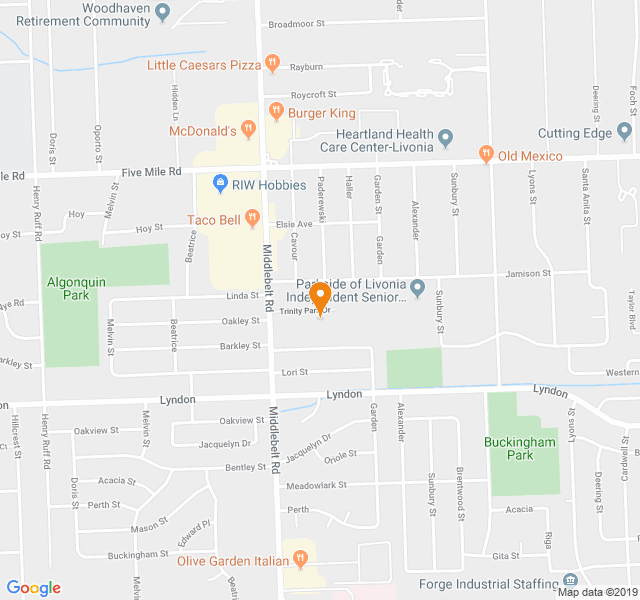Table of Content
- Plan your own aged care journey
- The number of Americans without a bank account drops to lowest level in more than a decade
- Health services
- Prayers of the faithful fifth sunday in ordinary time year c
- h grade math california
- Playing for Australia straight out of school, calls from AFL scouts: ‘Outrageous’ rise of the Sutherlands
Mr P was asked to take the phone off the hook for that half hour each evening. With much misgiving and a horrible feeling that he was rejecting his son, he agreed, without disastrous results, and with a general lightening of the relationship between Richard and his parents. Through this small change the family seemed to have come to accept that a firm boundary can be a mark of loving attachment rather than rejection. The continuing physiological need for an environment containing oxygen. It is a relatively silent need of which one becomes aware sharply only when it is not being met, when a harsh world compels one to draw one’s breath in pain. Brazelton and Cramer’s synchrony, symmetry, contingency and ‘entrainment’, from which mutual play and infant autonomy begin to emerge, are likewise applicable to therapist–patient interactions.

It is perhaps no accident that the psychoanalyst with whom Bowlby has most in common, Winnicott, was also keenly aware of normal developmental processes through his earlier work as a paediatrician. Winnicott and Bowlby both believed that their observations of normal development were relevant to psychotherapy, and that by getting a picture of what makes a good parent, we are likely to be in a better position to know what makes a good psychotherapist. When she recovered she explained how furious she had felt when her doctor (who had failed in her eyes to save her husband’s life) had summoned her for a cervical smear test, without apparently realising that she had had a hysterectomy some years previously. Therapy entailed withstanding her torrent of fury about the unfairness of life.
Plan your own aged care journey
Peter similarly would start his sessions with talk about current politics or sport, but in his case the therapist was prepared to join in, in a limited way, again without this being a thought-out strategy. Eventually, when this was discussed in therapy, what emerged was his desperate need to be liked, and his fear of being an outsider, an emotional orphan whom everyone ignored. In Sarah’s case the therapist was adjusting the therapeutic space so that she could get far enough from him to look at what was going on between them; in Peter’s he was encouraging him to affiliate enough for some therapeutic interaction to begin.
Thus an avoidant person who encounters love and support may discount this as mere manipulation or seductive self-servingness on the part of the other. Bowlby wanted to recast psychoanalytic theory in terms of a systems approach, in which feedback loops are a key element. These are the benign circles of healthy development, and the vicious circles of psychopathology in which negative assumptions about the self and others become self-fulfilling prophecies. All of us, from the cradle to the grave, are happiest when life is organised as a series of excursions, long or short, from the secure base provided by our attachment figures. That the prolonged deprivation of a young child of maternal care may have grave and far reaching effects on his character and so on the whole of his future life. It is a proposition exactly similar in form to those regarding the evil after-effects of German measles before birth or deprivation of vitamin D in infancy.
The number of Americans without a bank account drops to lowest level in more than a decade
Progress in therapy only began when this woman had tested her therapist again and again for his reliability and had, inevitably, found him wanting, but still felt safe enough to reveal the extent of her disappointment and rage towards him. Nevertheless, social psychiatry has firmly established the importance of the environment in influencing the course of schizophrenic illness . Patients living in families in which there is high ‘expressed emotion’ – especially high levels of hostility or overinvolvement – are much more likely to relapse than those who live with calmer, less hostile, less over-involved relations. The effect of EE is not specific to schizophrenia, and also influences, for instance, the course of manic-depression, Alzheimer’s disease and diabetes.
Statements implying that children who experience institutionalisation and similar forms of privation in early life commonly develop psychopathic or affectionless characters are incorrect. None of this would have been possible without Bowlby’s courage, persistence and synoptic vision. He bemoaned the divide between ‘biological’ and psychodynamic psychiatry, insisting that his ethological– developmental model was rooted in evolutionary biology. As we shall see, modern genetics, contemporary neuroscience, together with attachment-informed developmental research, are increasingly converging.
Health services
As a child the patient had lacked a secure base with this mother, whom she felt neglected her in favour of two younger sisters, one of whom had been chronically ill with kidney disease, while the other was epileptic, and to whom she had devoted all her attention. In an initial phase of individual therapy she was able to link her fears of harming the baby with aggressive feelings towards her younger sisters and her angry dependency on her mother, but her symptoms persisted. At the first session she proudly announced that her husband – unlike herself – was afraid of nothing. He accepted the compliment rather diffidently, but confirmed that he had been more or less self-reliant since the age of ten, when his parents had divorced and he and his younger brother had been left to fend for themselves on the rough estate where they lived. When asked if it was true, as his wife believed, that he was frightened of nothing, he confessed that he had slipped on a plank that morning and had been very scared, and that since the birth of the baby he had been much less of a daredevil. His wife seemed surprised at this revelation, but visibly relaxed and perked up.
Bowlby originally explained this by analogy with the phenomenon of imprinting, in which in prosocial species, young birds will follow any mobile figure to which they are exposed at the ‘sensitive period’ in their development. Of those who had been traumatised in this way under the age of six, the figures were 57 per cent for BPD and 13 per cent for other diagnoses. Psychoanalysts working with these patients have emphasised the extensive use of projective identification that arises in the transference–countertransference matrix. For the inexperienced, (and not infrequently the experienced!) all this can be unexpected and difficult to tolerate.
Prayers of the faithful fifth sunday in ordinary time year c
This was of course a typical shift from a paranoid–schizoid love-versus-hate position to the love-and-hate of the depressive position. With the help of the therapist all this can now be thought about talked about, soothed and laid to rest. The patient started to move from a position of ‘I don’t want’, to ‘I want’, more in touch with his wishes and desires and less plagued by feelings of negativity and hopelessness. Now that the traumatic separation had been re-experienced in the therapy, it no longer needed to be enacted via projective identification , but could be symbolised and so become part of his owned autobiographical narrative. Suomi’s that infant monkeys separated from their mother, when they become sexually mature, show gross abnormalities in mating and parenting behaviour. In the infinitely more complex language- and experience-based world of the human primate, are there connections between a mother’s capacity to provide secure attachment for her child, and her experiences with her own mother when she was a child?
The steeplejack’s wife A young woman developed multiple phobic symptoms soon after the birth of her first baby. At first her fears were of harming the baby; later she became severely agoraphobic, and took to phoning her mother several times a day for reassurance. She insisted on moving house so as to be within easy reach of her mother. Her mother ‘helped’ by looking after the baby for much of the day, and would herself telephone frequently to check if the baby was ‘all right’. When the patient told her mother of a dream in which her son had fallen under a lorry, the mother told her that this meant that she wanted to kill her son!
Rose soon learned to suppress her own needs and disappointments and discovered in her teens that with her charm and good looks she was able to attract powerful and successful men. These relationships provided her with an attachment of sorts and therefore a measure of the security she had lacked ever since her father’s disappearance. At the same time they denied her the possibility of her emotional needs being heard or regulated, as these demanding men claimed her attention and moulded her false self.

Emotion is transmitted through facial and bodily expression and gesture, and the tone and prosody of language, as much as speech’s specific content. A feature of the securely attached is the ability to openly and directly articulate emotions and to understand those of others. In insecure, and especially disorganised children this affective understanding is compromised. In view of the uniqueness of the individual and of the individual life path, the search for a linear relationship between particular attachment patterns in infancy and specific psychiatric diagnoses in adult life is certain to be problematic. In considering psychoses, this multi-factorial approach has to be further extended to include genetic and biochemical influences. The feminist critique Feminists have aimed three broad kinds of criticism at the idea of maternal deprivation.









































